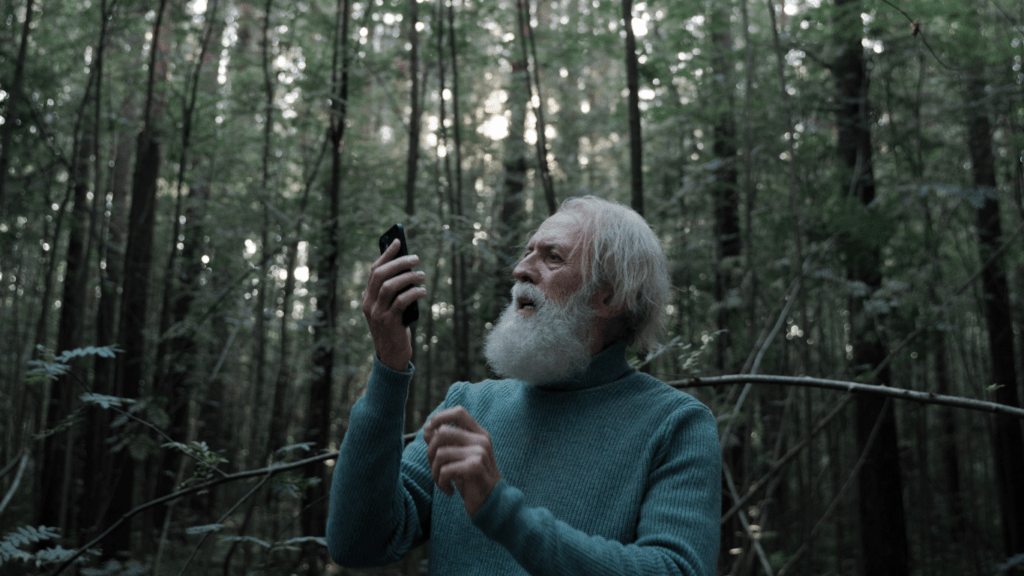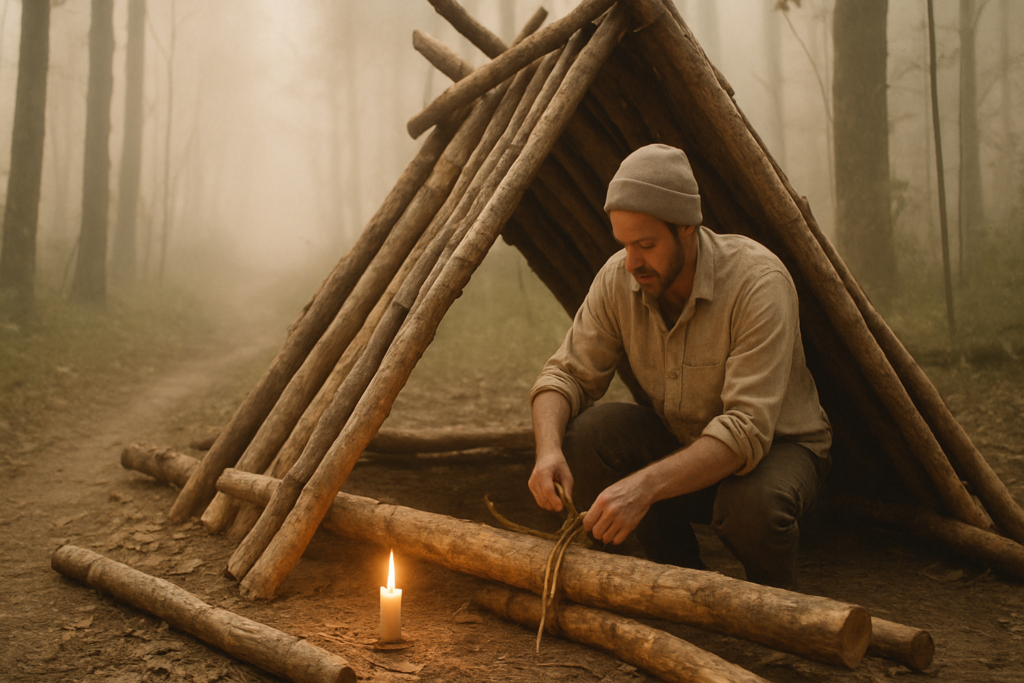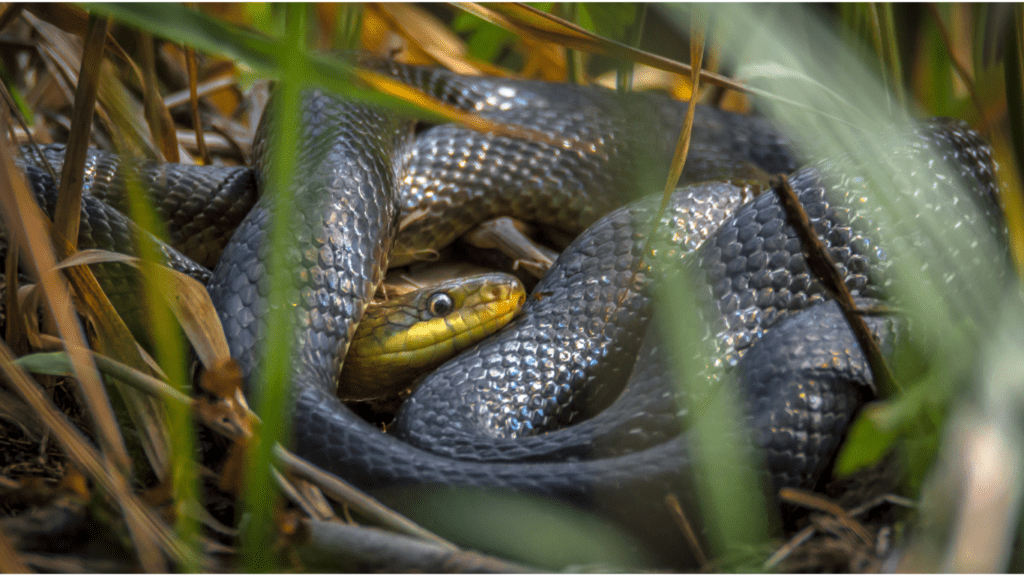Understanding the Importance of Signaling
Signaling for help in a forest is crucial for a swift rescue. Dense forests can make it difficult for rescuers to spot you. Without effective signaling techniques, you might remain unseen. Using proper signals significantly increases your chances of being found quickly. Visual signals, such as bright colors, can catch attention even from a distance. Sounds, like whistles or shouts, can pierce through the forest noise, aiding search teams.
In survival situations, time is vital. Quick responses can prevent exhaustion or exposure. The faster help arrives, the better your survival chances. Preparing for emergencies involves learning and practicing these techniques. Familiarity with signaling tools can make a critical difference when you’re lost.
Visual Signals
Visual signals can save lives in a forest survival situation. By using distinct materials and techniques, you can make your location visible from a distance.
Reflective Materials
Reflective materials like mirrors or emergency blankets are excellent for catching the eye of rescuers. These materials can redirect sunlight, creating a glint visible from far away. To use a mirror, angle it towards the sun, and aim the reflection toward any aircraft or elevated position.
Ground Signals
Ground signals are large markings made on the forest floor to attract overhead rescuers. Use rocks, branches, or any contrasting material to create symbols like “SOS” or an arrow pointing in your direction. Ensure the letters or shapes are at least three feet high for better visibility. Choose open areas like clearings to maximize the chances of being seen.
Fire and Smoke
Fire and smoke are among the most recognizable distress signals in the wilderness. Build a fire in an open area using dry wood and leaves. To generate smoke, add green vegetation, creating distinct puffs by covering and uncovering the fire. Three bursts of smoke can signal distress, recognizable by both rescuers on the ground and in the air. Ensure you have adequate fire safety measures to prevent forest fires.
Auditory Signals
Auditory signals can significantly improve chances of being noticed by rescuers in a dense forest. Producing loud, recognizable sounds draws attention even when visual signals might be obscured by foliage.
Whistles
Whistles are effective because of their loud, piercing sound that travels long distances. A shrill, three-blast pattern is universally recognized as a distress signal. Carrying a durable, loud whistle can be a lifesaver. Metal and plastic whistles are both popular, but metal ones tend to be more robust.
Shouting and Noise-making
Shouting can also be an efficient way to signal for help, though it requires more energy than using a whistle. Repeating short, sharp calls or words like “help” ensures the sound carries further. Supplement shouting with noise-making tools like banging rocks or sticks together to extend the audible range. This diversity in sound increases the likelihood of attracting attention.
Technological Aids

In today’s digital age, technological aids can be lifesavers in forest survival situations. Knowing how to use them can bridge the gap between distress and rescue.
Mobile Phones and GPS Devices
- Mobile phones and GPS devices play crucial roles in signaling for help.
- We recommend keeping your phone fully charged and bringing a portable power bank when exploring remote areas.
- Although cell signal can be limited in dense forests, even a brief connection can allow a message or call for help.
- GPS devices provide precise locations, which can guide search teams to your position.
- Ensure that you enable location sharing on your phone and familiarize yourself with key features of your GPS device.
Personal Locator Beacons
Personal Locator Beacons (PLBs) are essential in emergencies. PLBs transmit a distress signal to satellites, which in turn alert local search and rescue services. Activating a PLB involves pressing a button to send your exact location. I always carry a registered PLB when heading into remote areas since it significantly improves rescue chances.
Natural Resources for Signaling
Natural resources in a forest can become invaluable for signaling help. Here, I’ll cover how to effectively use rocks, branches, and water bodies for signaling.
Using Rocks and Branches
I can arrange rocks and branches to form large, clear symbols visible from above. Forms like “SOS” or arrows pointing toward my location work best. I should choose areas where the contrast between the symbols and the ground is most pronounced. For example, light-colored rocks on dark soil or branches laid out over grassy patches make the most noticeable signals. Creating wide, thick lines is essential for visibility from a distance. When I’m lost without tools, these materials can be lifesavers.
Utilizing Water Bodies
Water bodies offer excellent opportunities for signaling help. I can use reflective surfaces like mirrors or metal objects to reflect sunlight off the water, attracting attention. Alternatively, I can float large, easily identifiable objects, such as bright clothing, on the water’s surface. If I find mud or clay by the water, I can create large, visible markings on the surrounding land. Additionally, smoke signals become more noticeable if created near a water source due to the open, reflective surface. By leveraging these aspects, I’ll increase my chances of catching the eye of rescuers.
When to Use Different Signals
Selecting the right signal in a forest survival situation is crucial for attracting attention. Time of day and weather conditions significantly impact signal choice and effectiveness.
Daytime vs. Nighttime Strategies
During the day, visual signals might be more effective. The sun can reflect off mirrors or metal objects, creating noticeable flashes. Bright clothing or emergency blankets can also be visible over long distances. Creating ground signals like “SOS” using rocks or branches ensures visibility from above.
At night, focus on light-based signals. Flashlights, headlamps, and even fires can break through the darkness to grab attention. A fire has the dual benefit of warmth and signaling. Utilize a flashlight to create a Morse code “SOS” signal by turning it on and off in short intervals. It’s important to conserve battery life while signaling intermittently.
Weather Conditions Considerations
Weather can affect signal effectiveness. In clear weather, reflective materials and smoke signals can be highly visible. When it’s windy, take extra care with fire and smoke to prevent spreading. If rain sets in, visual signals like mirrors may lose effectiveness, making auditory signals like a whistle crucial.
Snow-covered landscapes provide high contrast for dark signals. Constructing symbols with rocks or branches on snow stands out clearly. In foggy conditions, auditory signals penetrate the mist better than visual ones. Loud, distinct noises help rescuers home in on your location when visibility is poor.
Final Preparations and Precautions
Before heading into the forest, I ensure I prepare thoroughly to maximize my chances of signaling for help effectively. First, I pack essential survival items specifically designed for emergencies. I include items like:
- brightly-colored clothing
- whistle
- mirror
- flashlight
These tools enhance my visibility and audibility, making it easier for rescuers to find me.
I also check my mobile phone and GPS device to confirm they are fully charged. Carrying a portable power bank gives me extra assurance that these gadgets will remain operational. Additionally, I ensure my Personal Locator Beacon (PLB) is registered and within easy reach, knowing it can transmit a distress signal to local rescue services when activated.
When preparing physically, I practice creating ground signals with rocks or branches, forming symbols or words like “SOS” that are easily recognizable from above. I test using mirrors to reflect sunlight and make smoke signals safely. Practicing these actions ensures I’m efficient and calm if I need to signal for help under stress.
Understanding the terrain and weather conditions of the forest I plan to explore helps me choose the best signaling methods. For instance, I know that in a dense forest, bright clothing and manual signals may be more effective, while open areas may benefit from auditory signals. Preparing for varied weather helps me adapt my signaling strategy; for instance, I account for the rain’s impact on visibility and sound.
Another crucial precaution is informing someone about my itinerary, including the expected return time. Sharing my plans ensures that if I fail to return, they can alert authorities to my situation promptly.
Finally, I remain aware of my surroundings and stay vigilant. If lost, conserving energy and rationing supplies become top priorities, alongside signaling for help. Preparation is key to survival in a forest, and thorough planning increases my chances of a swift rescue.



 Hiking Trail Guide Expert & Outdoor Adventure Curator
Keturaha Perrymaners is an experienced trail guide and hiking enthusiast with an unparalleled passion for discovering and exploring nature’s most beautiful and secluded paths. As the hiking trail expert at Whisper Forest Ways, Keturaha curates comprehensive guides that cover everything from beginner-friendly walks to challenging multi-day treks. Her deep knowledge of terrain, weather patterns, and outdoor safety ensures that her recommendations cater to hikers of all levels, helping them prepare for their adventures with confidence. Whether you’re seeking scenic trails for mindfulness walks or rugged paths for a physical challenge, Keturaha’s expertly crafted guides provide the insights and inspiration you need to venture into the wilderness and fully immerse yourself in nature’s beauty.
Hiking Trail Guide Expert & Outdoor Adventure Curator
Keturaha Perrymaners is an experienced trail guide and hiking enthusiast with an unparalleled passion for discovering and exploring nature’s most beautiful and secluded paths. As the hiking trail expert at Whisper Forest Ways, Keturaha curates comprehensive guides that cover everything from beginner-friendly walks to challenging multi-day treks. Her deep knowledge of terrain, weather patterns, and outdoor safety ensures that her recommendations cater to hikers of all levels, helping them prepare for their adventures with confidence. Whether you’re seeking scenic trails for mindfulness walks or rugged paths for a physical challenge, Keturaha’s expertly crafted guides provide the insights and inspiration you need to venture into the wilderness and fully immerse yourself in nature’s beauty.
